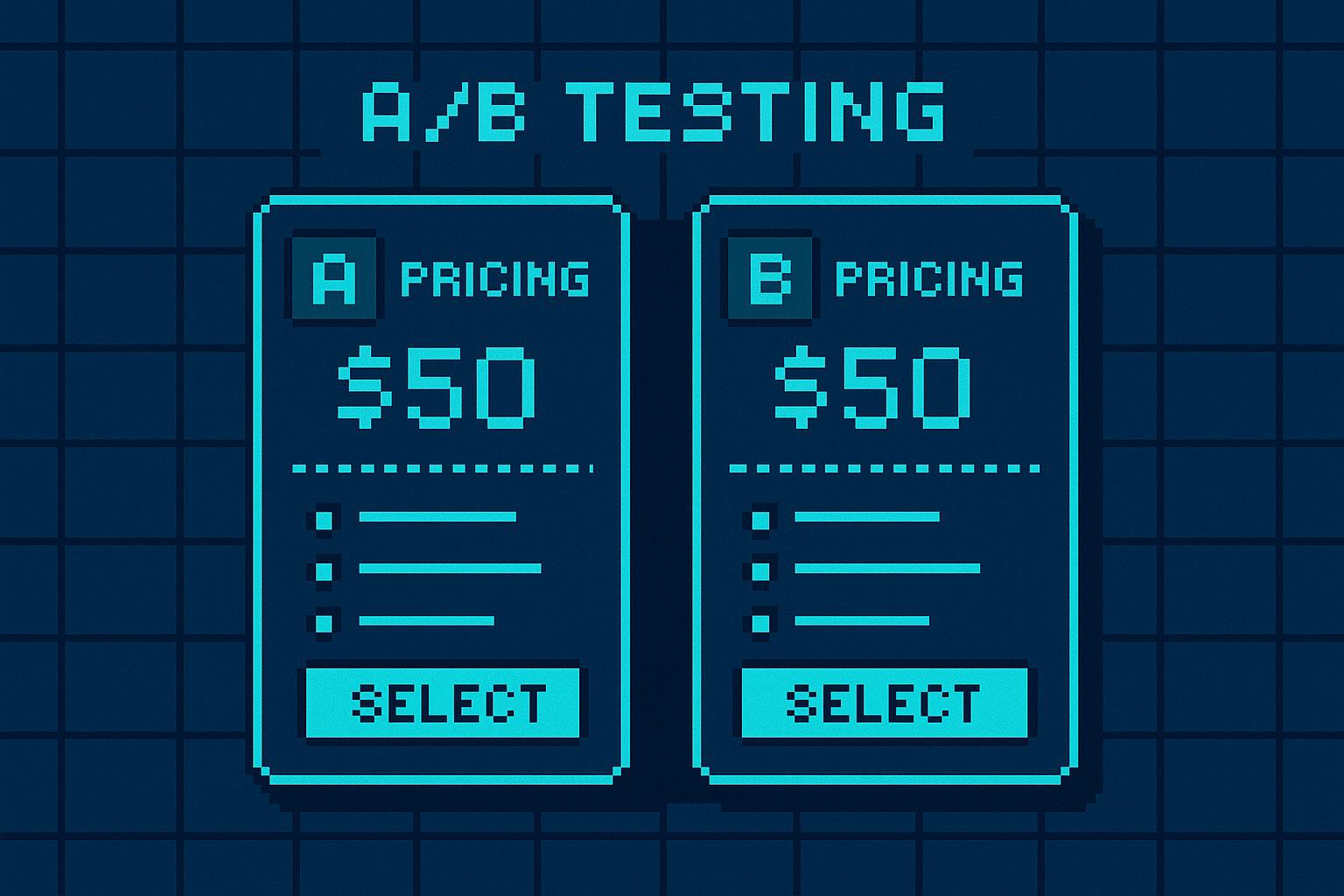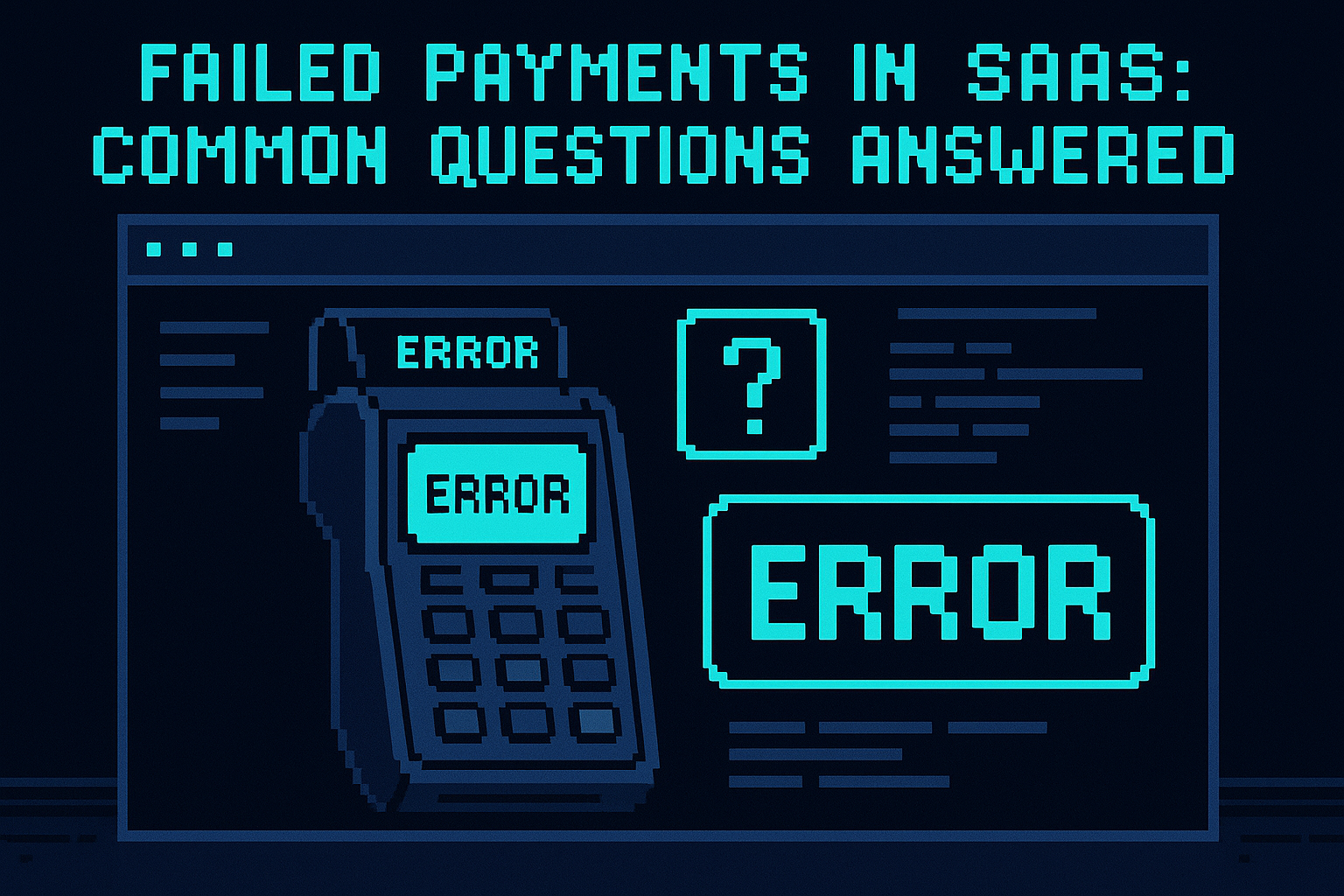No-code payment solutions let you accept payments without writing code. With drag-and-drop tools and ready-made templates, indie makers can quickly set up payment systems for credit cards, subscriptions, and more. These platforms handle security, compliance, and maintenance, making them ideal for creators with limited technical skills or budgets. Popular options include:
- Stripe: Flexible for global payments and subscriptions, best for tech-savvy users.
- Paddle: Handles global tax compliance, great for SaaS businesses.
- Gumroad: Simple setup for selling digital products, perfect for creators with an audience.
Each platform offers unique features, from tax handling to subscription management. Choose the one that fits your business needs and scale confidently.
Integrate Stripe Payments in Your Frontly Apps (No Code Tutorial)
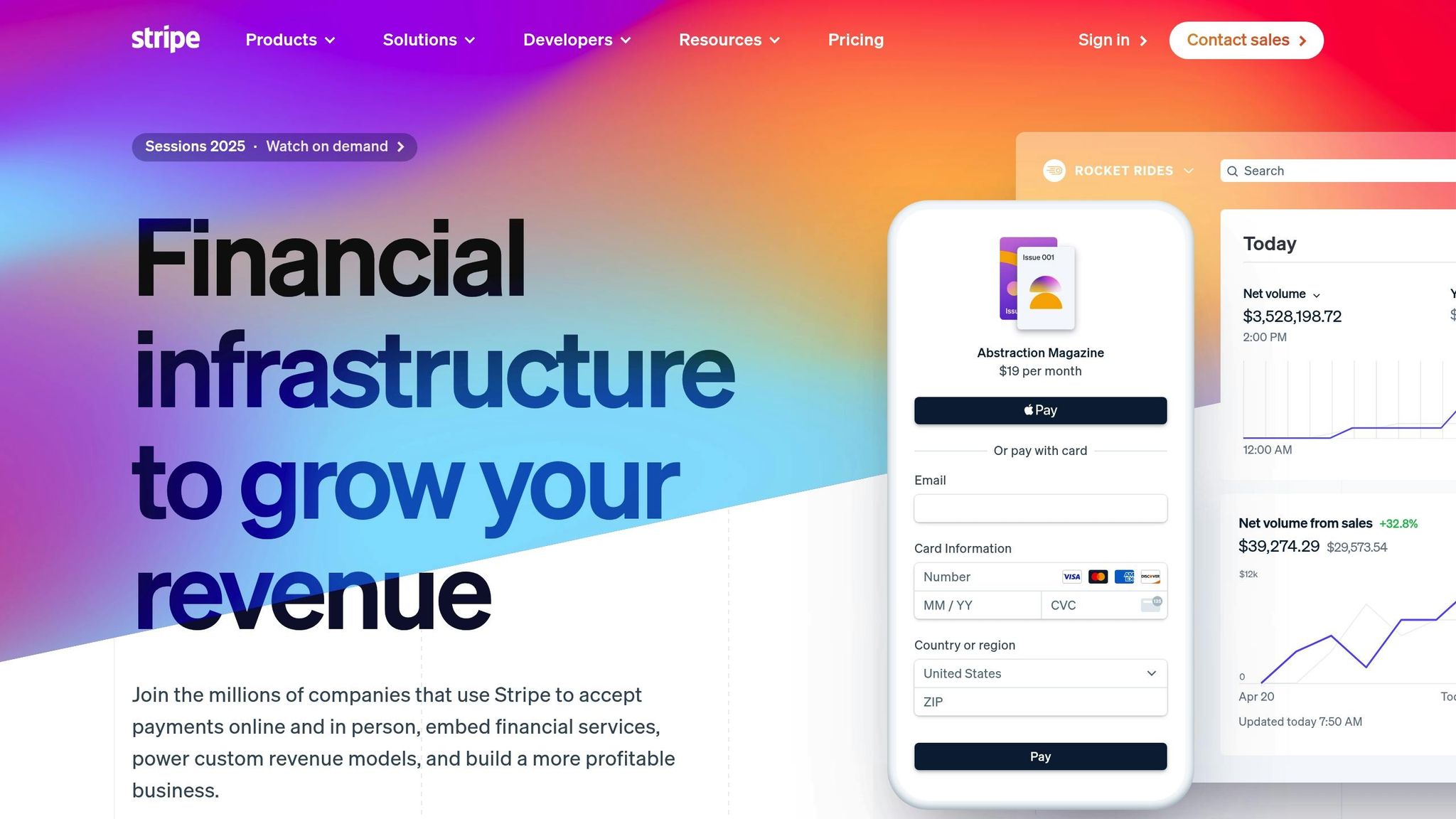
Features to Look for in No-Code Payment Tools
The right no-code payment tool can simplify your setup process, eliminate the need for technical expertise, and help you launch quickly. The best options combine ease of use with powerful features, giving you a payment system that grows alongside your business.
Easy Setup and User-Friendly Interfaces
A standout feature of no-code payment tools is their intuitive, drag-and-drop interfaces, often paired with industry-specific templates. These tools allow you to create sleek, functional payment pages in just minutes, not days . With seamless integration options for external systems and APIs, plus one-click deployment, you can start accepting payments almost instantly.
Support for Digital Sales, Subscriptions, and Memberships
A versatile no-code payment solution should support a variety of business models. Whether it's one-time payments, recurring subscriptions, tiered pricing, or custom payment plans, these tools offer flexibility - all within a single platform.
Take music artist Nefertitti Avani, for example:
"I'm thrilled with SendOwl! As a music artist who's invested heavily in my projects, traditional streaming payments just don't cut it. Thankfully, with SendOwl, I can set my own prices and sell directly to my fans - ensuring I actually see a return on my investments."
Subscription management features are another key benefit. Automated billing cycles, customer notifications, and one-click checkout options make it easier to offer upsells and cross-sells, boosting your revenue potential.
Automated Tax Handling and Compliance
Tax compliance can be a headache, especially when selling to a global audience. A no-code payment tool should simplify this process by automatically calculating sales tax and VAT based on location and product type. Platforms that act as a Merchant of Record (MoR) go a step further, managing tax collection and remittance on your behalf.
For instance, while Stripe handles tax collection for registered regions but doesn't remit it, services like Paddle and LemonSqueezy take care of the entire process. Fungies.io is another example, enabling developers to quickly set up payments and storefronts while ensuring tax compliance from day one through its MoR service.
Security is another critical factor. Look for platforms that meet enterprise-grade standards like PCI-DSS and GDPR compliance to protect customer data and adhere to regulatory requirements.
These features provide a strong foundation for choosing the right no-code payment tool for your needs.
Top No-Code Payment Tools for Indie Makers
The right payment platform can make or break success for indie creators. From global payment processing to seamless digital product sales, each tool brings something unique to the table. Here’s a closer look at how leading platforms cater to U.S.-based indie makers, offering features tailored to their needs.
Stripe
Stripe is a go-to choice for indie creators who need flexible recurring billing and the ability to process payments globally. It’s particularly well-suited for startups and SaaS products looking to scale.
The platform uses a straightforward pay-as-you-go pricing model with no setup or monthly fees, making it appealing for small-scale creators. Here’s the breakdown of costs:
- Domestic cards: 2.9% + $0.30 per transaction
- Manually entered cards: Additional 0.5% fee
- International cards: Additional 1.5% fee
- Currency conversion: Additional 1% fee
- Dispute fees: $15 per case
In 2023 alone, Stripe’s recovery tools helped reclaim $3.4 billion in revenue for its users.
Paddle
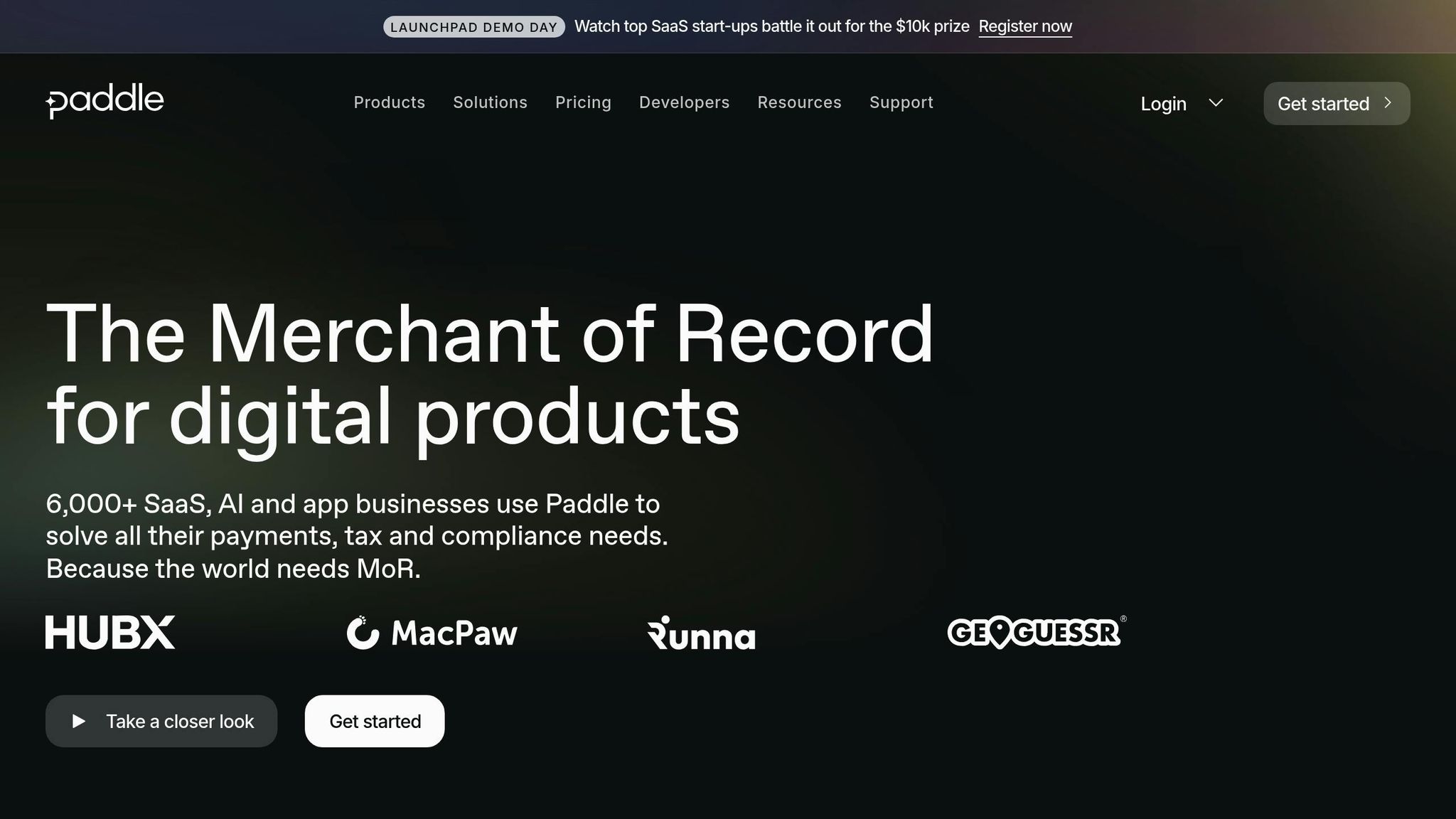
Paddle simplifies operations by acting as the Merchant of Record, managing tax compliance, and subscription billing. This allows creators to focus on building their products while Paddle takes care of the backend complexities.
The platform charges 5% + $0.50 per checkout transaction, with custom pricing options for businesses experiencing rapid growth. One of Paddle’s standout features is its ability to handle global tax compliance automatically. It calculates, collects, and remits sales tax and VAT worldwide, making it an excellent choice for SaaS startups and digital product businesses.
Gumroad
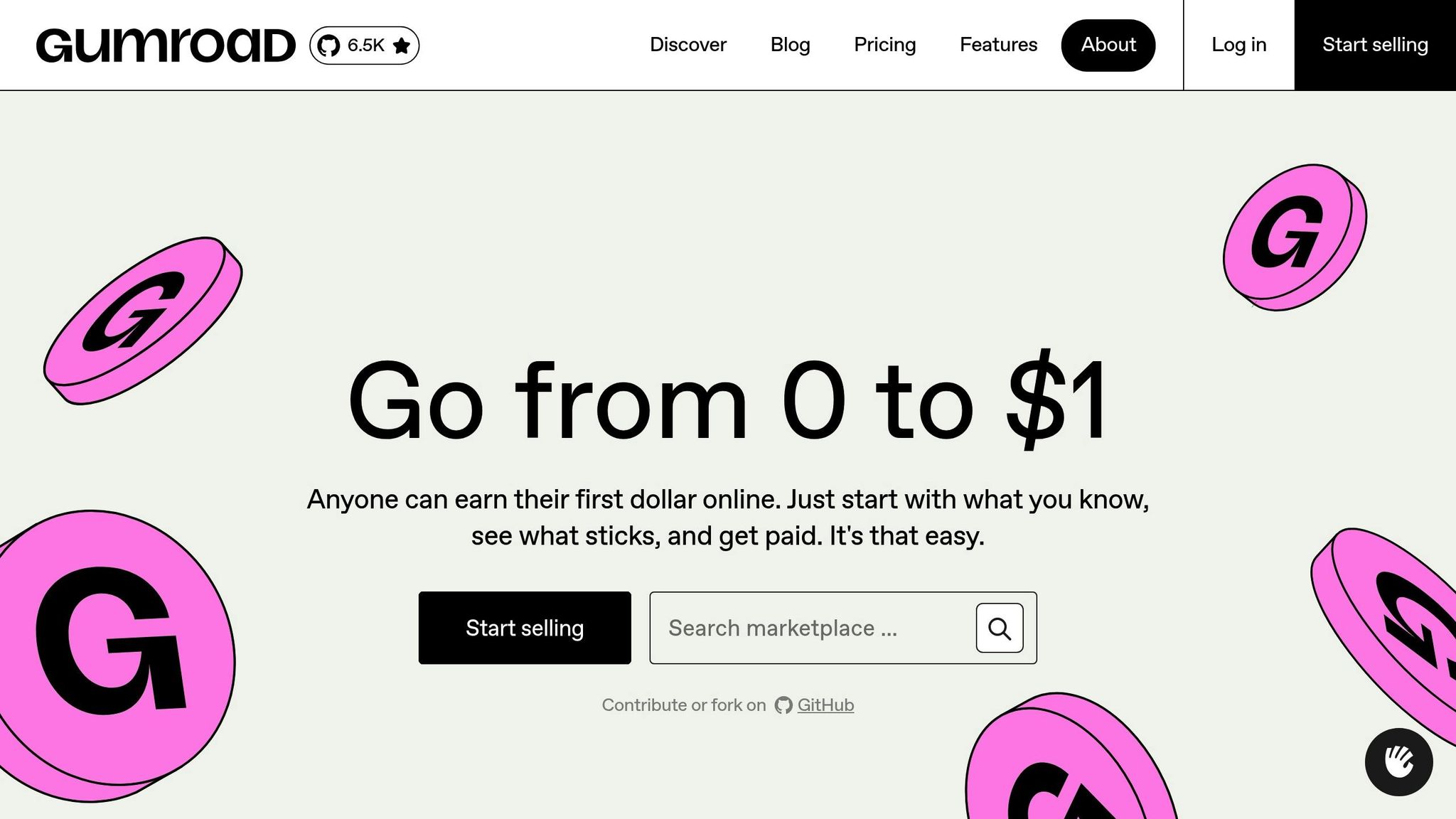
Gumroad is all about simplicity, offering a straightforward way to sell digital products. In 2023, over 16,000 active stores on Gumroad reached 27,000 customers worldwide.
Gumroad’s pricing structure is clear and flexible, with two plans to choose from:
| Feature | Gumroad Free Plan | Gumroad Pro |
|---|---|---|
| Transaction Fee | 10% | 3.5% + $0.30 |
| Monthly Cost | $0 | $10 |
| Custom Branding | No | Yes |
| Analytics | Basic | Advanced |
| Memberships | Limited | Full Access |
For direct sales, Gumroad charges 10% + $0.50 per transaction, while marketplace sales incur a 30% fee.
Many creators appreciate Gumroad’s no-frills approach. As Steph Smith, a seller of informational courses, puts it:
"Gumroad lets creators be creators. It handles payments, affiliates, discounts, etc., so that you can stick to what you know best."
Daniel Vassallo, another creator, shares a similar sentiment:
"I love Gumroad because it can't be any simpler. I upload a file, set a price, and I can start selling on the internet. The money I make from my sales lands directly in my bank account every Friday."
Like Paddle, Gumroad also acts as the Merchant of Record, managing sales tax collection and remittance worldwide.
Each of these platforms caters to different priorities in the indie maker community. Whether you need flexibility (Stripe), operational ease (Paddle), or simplicity (Gumroad), there’s a tool designed to fit your specific needs.
Comparison of No-Code Payment Tools
Feature and Pricing Comparison Table
Choosing the right payment platform means looking closely at how they compare. Here's a side-by-side breakdown of three popular no-code payment solutions for U.S.-based indie makers:
| Feature | Stripe | Paddle | Gumroad |
|---|---|---|---|
| Transaction Fee | 2.9% + $0.30 | 5% + $0.50 | 10% + $0.50 |
| Monthly Fee | $0 | $0 | $0 (Free) / $10 (Pro) |
| Setup Complexity | Moderate | Easy | Very Easy |
| Tax Compliance | Manual | Automatic (Global) | Manual |
| Merchant of Record | No | Yes | Yes |
| Subscription Management | Advanced | Advanced | Basic |
| Digital Product Sales | Yes | Yes | Optimized |
| Customization Level | Extensive | Moderate | Limited |
| G2 Rating | 4.4/5 (88 reviews) | Not specified | 4.6/5 (5 reviews) |
| Best For | Technical users, SaaS | SaaS, compliance-heavy | Digital creators, simplicity |
This table provides a quick snapshot of each platform's strengths and trade-offs, helping you identify which one aligns best with your needs.
Scalability and Long-Term Suitability
When it comes to no-code tools, scalability is a crucial factor, especially as your business grows. Each platform offers unique advantages depending on your goals.
Stripe stands out for its developer-friendly design and flexibility, making it ideal for technical users and SaaS businesses. Its powerful API and features like AI-powered Smart Retries (which recover 11% more revenue compared to basic retry schedules) make Stripe a solid choice for long-term growth.
Mary Catherine L., a small business owner, shared her experience with Stripe:
"Stripe has helped our online store go completely live so that we can sell online merchandise! Stripe's setup took a matter of minutes, which was incredibly helpful. I like how user-friendly the interface is and how efficiently it weaves into our Squarespace site. All of the customer interactions, even refunds, are simple to execute … For us (a smaller music store that does not do a ton of online business), it's the perfect fit."
On the other hand, Paddle is well-suited for creators and SaaS businesses looking to scale globally without worrying about tax compliance. With its Merchant of Record model, Paddle manages global taxes seamlessly, making international growth more straightforward. Last year alone, Paddle processed 122 million transactions and remitted $89 million in sales taxes, proving its ability to handle significant growth. Additionally, its integrated billing system helped reduce costs by 15%.
Gumroad, meanwhile, shines for creators who prioritize simplicity. It’s a great tool for those with an established audience, offering an easy way to sell digital products without the need for a website or complex setup. An ebook author shared their perspective:
"The thing that I most appreciate about Gumroad is how easy the platform makes it to get a product out into the world without the hurdles of first having to have a website, set up an online store, or pay costly software fees. I also appreciate that using Gumroad lets me keep most of my profits for myself… Gumroad is best for creators who already have an audience to sell to. I wouldn't recommend it as a way for someone with no audience to reach an audience… If you have a website and you have the capability of easily setting up an e-commerce store on your website, I would probably recommend just doing that instead."
sbb-itb-a989baf
Step-by-Step Guide to Getting Started with No-Code Payment Solutions
Choosing the Right Platform for Your Needs
The first step in setting up a no-code payment solution is picking a platform that matches your business goals and audience. This choice will shape your operations for the long haul, so take time to weigh your options carefully.
Start by figuring out your main use case. For instance, Stripe is ideal for startups, SaaS products, marketplaces, and developers looking for scalability. Paddle is a strong option for SaaS startups and digital product companies needing automatic tax compliance. Gumroad, on the other hand, suits indie creators and digital product sellers who value simplicity over advanced features.
Think about your technical skills and long-term growth plans as well. As one expert puts it:
"By prioritizing tools that offer strong integration, flexible billing, and robust security, you'll save yourself headaches later - and offer your customers a professional, seamless payment experience."
Before committing, test the platform's capabilities. Create a free account, explore its interface, try out integration options, and check the availability of support resources. Pay attention to how intuitive the setup feels and whether the platform has an active, helpful community. This hands-on approach can help you find the right fit for your workflow and technical comfort level.
Also, think beyond your immediate needs. If you're planning to expand internationally, look for tools with solid global payment support. If high transaction volumes are in your future, ensure the platform can scale without performance hiccups.
Once you've made your choice, it's time to set up and configure your payment system to suit your business needs.
Setting Up and Configuring Your Payment Solution
After selecting your platform, the next step is to set up your account and tailor the system to your products and services. This process generally involves three main phases: account creation, product setup, and customizing the payment flow.
Account Setup and Verification
Begin by registering with your chosen platform and completing the verification process. U.S.-based businesses typically need to provide details like a Social Security Number (SSN) or Employer Identification Number (EIN), a business address, and bank account information for payouts. Most platforms also require identity verification, which can take 1–3 business days.
Product and Pricing Configuration
Next, create your product or subscription offerings within the platform. Add product descriptions, set prices in USD, and configure taxes. For digital products, upload files or set up delivery methods. For subscriptions, define billing cycles, trial periods, and cancellation terms.
The process is usually straightforward. Heather Phillips from Tiller shared her experience setting up Stripe Payment Links:
"Setting up a payment link for our gift program was super intuitive - it took me 10 minutes or less to set up, and I didn't have to ask our engineers for help."
Customization and Branding
Align your payment pages with your brand's identity. Most platforms allow for customization, such as adding your logo, changing colors, and tweaking the checkout flow. Enable popular payment methods like credit cards, debit cards, and digital wallets (e.g., Apple Pay, Google Pay) to cater to U.S. customers.
Integration Setup
If you have a website or use other business tools, set up integrations to streamline operations. Many no-code platforms offer plugins for website builders like WordPress, Squarespace, or Shopify. You can also use webhooks to sync payment data with your CRM or accounting software.
Testing and Optimizing Your Payment System
Once your payment solution is configured, it's time to test it thoroughly to ensure everything works as intended. This step helps identify and resolve potential issues before going live.
Functional Testing and Cross-Platform Compatibility
Start with functional tests in your platform's test mode. Process sample transactions to confirm payments are handled correctly, confirmation emails are sent, and products are delivered as expected. Use test credit card numbers and try out multiple payment methods, such as credit cards, debit cards, and digital wallets, to verify compatibility.
Check how your payment flow performs across different browsers and devices. Mobile optimization is especially important since many customers shop on their phones. Make sure the checkout process works smoothly on smaller screens and that pages load quickly.
Security and Compliance Verification
Ensure your payment system meets security standards like PCI DSS compliance. While most no-code platforms handle this automatically, it's still important to confirm that sensitive payment data is encrypted and stored securely. Test for vulnerabilities and verify that your payment pages always load over HTTPS.
Performance and Load Testing
Assess how your payment system performs under various conditions. Simulate peak traffic periods and high transaction volumes to ensure the platform can handle demand without delays or failures.
For example, in 2023, Carry1st, an African gaming and payments platform, worked with Global App Testing to fine-tune their payment system across seven countries. Their efforts boosted checkout completion rates from 78% to 90%, a 12% increase.
Optimization Based on Results
Use insights from testing to improve the payment experience. Simplify any steps that cause friction or lead to high abandonment rates. Highlight payment methods with higher success rates. Keep an eye on metrics like conversion rates, average transaction values, and customer feedback. Many platforms offer analytics dashboards to help you identify trends and areas for improvement. Setting up alerts for failed payments or unusual patterns can also help you address issues quickly.
Bank Account and Payout Verification
Before going live, confirm that payouts to your U.S. bank account are processed correctly. Run a small test transaction to ensure funds arrive within the expected timeframe (usually 2–7 business days) and that payout amounts align with your expectations after fees are deducted.
Once testing is complete, switch from test mode to live mode and start accepting real payments from customers.
Conclusion
No-code payment solutions are transforming the way indie makers handle payment processing, removing the need for complex coding and extensive development resources. These platforms make it possible to design and launch payment systems within minutes, offering both speed and cost efficiency.
One of the biggest advantages is the ability to get products to market quickly, enabling creators to start generating revenue almost immediately. By cutting out the need for expensive development and lengthy integrations, these solutions make payments accessible to businesses of all sizes. In fact, Gartner predicts that by 2025, 70% of new applications will be created using low-code or no-code technologies, a significant jump from less than 25% in 2020. Companies adopting these technologies often report higher levels of innovation - up to 33% more compared to their peers in the bottom quartile.
For indie makers, no-code payment platforms are a game-changer. They address common hurdles like limited technical skills, tight budgets, and time constraints. Whether you're selling digital products on Gumroad, managing SaaS subscriptions with Paddle, or building a marketplace with Stripe, these platforms take care of critical aspects like security automatically.
The key to success is selecting a platform that aligns with your specific business needs and long-term goals. Think about your business model, the integrations you'll require, and how you plan to scale. Choosing tools with strong integration capabilities, flexible billing options, and robust security features ensures a smooth and professional payment experience.
Simplifying payment processing can be a major catalyst for business growth. Start by choosing the platform that fits your current needs, test it thoroughly, and refine your approach based on customer feedback. The tools are already available, the setup process is simple, and your audience is ready for what you’ll create next. By embracing no-code payment solutions, indie makers can focus on what they do best - creating and growing their businesses.
FAQs
What should I look for in a no-code payment solution for my indie business?
When you're choosing a no-code payment solution for your indie business, it's important to keep a few key factors in mind:
- Ease of Use: The system should be straightforward and user-friendly, allowing you to set it up without needing any technical background.
- Security: Protecting your customers' data is non-negotiable. Make sure the platform includes strong security features and adheres to industry standards.
- Integration: Check if the payment solution works seamlessly with the tools and workflows you already rely on. This can save you time and reduce headaches.
- Scalability: As your business grows, your payment solution should be able to handle more transactions without breaking a sweat.
- Support: Having access to dependable customer support - or even a community of users - can be a lifesaver when you run into issues or need advice.
By keeping these points in mind, you'll be better equipped to choose a payment platform that fits your business while ensuring it’s secure and efficient.
How do no-code payment platforms manage global taxes, and what are the advantages of using a Merchant of Record (MoR)?
No-code payment platforms make global tax compliance much easier by automating tasks like tax registration, calculation, collection, and remittance. They can handle various tax types, including sales tax, VAT, and GST, across different jurisdictions. Best of all, they don’t require any technical know-how, which makes them a perfect fit for indie creators.
One particularly effective approach is using a Merchant of Record (MoR) model. With this model, the MoR takes on all payment-related responsibilities, including managing tax compliance and remittance. For creators, this means less time spent on administrative tasks and more time to focus on growing their business. On top of that, the MoR model offers stronger fraud protection and simplifies international expansion, making it an excellent choice for indie makers looking to sell their products worldwide.
What challenges might I face when using no-code payment solutions to scale my business?
The Challenges of No-Code Payment Solutions
No-code payment tools are a fantastic way to hit the ground running, especially for small businesses or startups. They’re built for ease of use, which makes them ideal in the early stages. However, as your business expands, you may start to notice some limitations.
For one, these platforms often prioritize simplicity over flexibility. This can mean fewer customization options and a lack of advanced features that larger operations might require. As your transaction volume grows, you could also face performance slowdowns or higher costs compared to a custom-built alternative.
Another key consideration is whether the platform can integrate with the other tools and systems your business depends on. If you're aiming for significant growth, it’s crucial to think ahead and ensure the solution you choose can scale with you. Planning for the future now can save you a lot of headaches later.
